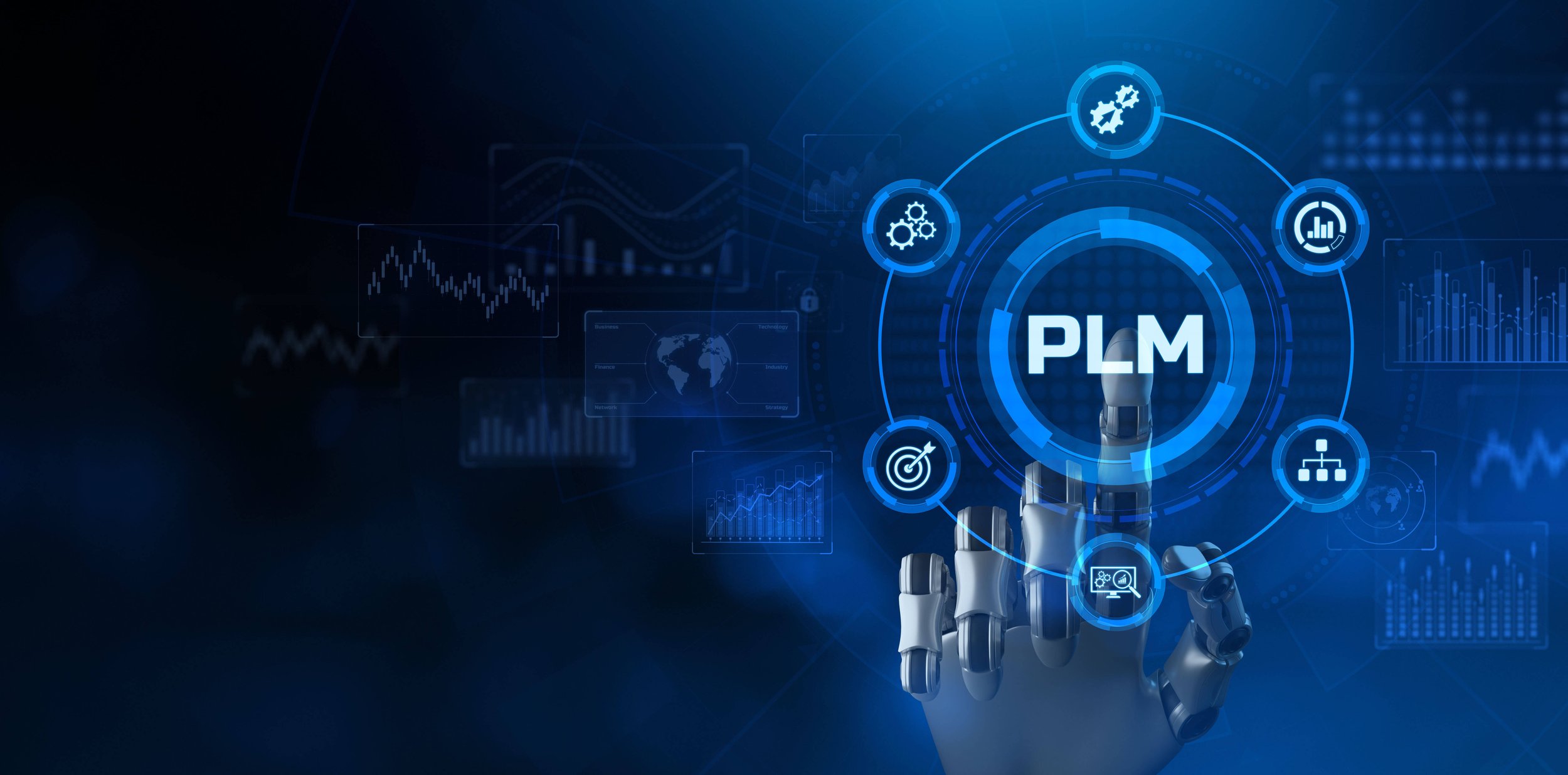2024 Best Practices- IT Lifecycle Management
IT lifecycle management involves the planning, acquisition, maintenance, and disposal of IT assets within an organization. It ensures that technology remains efficient, secure, and aligned with business goals. Here are best practices, including managing license renewals and creating technology roadmaps:
Establish Clear Policies and Procedures:
Define and document IT lifecycle management policies and procedures to ensure consistency and accountability across the organization.
Technology Roadmaps:
Create a technology roadmap that outlines the organization's IT goals, strategies, and milestones.
Align technology investments with the organization's long-term business objectives.
Asset Inventory:
Maintain an up-to-date inventory of all IT assets, including hardware, software, and licenses.
Categorize assets based on their criticality and usage.
License Management:
Keep a detailed record of software licenses, including renewal dates and terms.
Utilize license management tools to automate tracking and ensure compliance.
Cost Management:
Monitor and optimize IT costs throughout the asset lifecycle.
Identify cost-saving opportunities, such as software consolidation or subscription renegotiation.
Vendor Relationships:
Build strong relationships with vendors and negotiate favorable terms.
Evaluate vendor performance regularly, and be open about your needs, wants, and expectations.
Security and Compliance:
Regularly assess and update security measures for IT assets.
Ensure compliance with industry standards and regulatory requirements.
Risk Management:
Identify potential risks associated with IT assets.
Develop contingency plans and disaster recovery procedures.
End-of-Life Planning:
Plan for the end of an asset's lifecycle, including replacement, disposal, or upgrade.
Consider environmental and data security concerns when disposing of hardware.
User Training and Support:
Provide training and support for end-users to maximize the efficiency and security of IT assets.
Develop and maintain documentation and knowledge resources.
Monitoring and Reporting:
Implement monitoring tools to track asset performance, health, and usage.
Generate regular reports to evaluate the effectiveness of IT assets.
Regular Reviews:
Conduct periodic reviews of the IT lifecycle management process.
Use feedback and data to make continuous improvements.
Sustainability and Green IT:
Consider the environmental impact of IT assets.
Implement eco-friendly practices and technologies where feasible.
Scalability and Flexibility:
Ensure IT assets can be scaled and adapted to meet changing business needs.
Evaluate the flexibility of technologies and solutions.
Documentation and Knowledge Sharing:
Maintain comprehensive documentation of all IT assets and processes.
Share knowledge within the IT department and across the organization.
Budgeting and Forecasting:
Develop a realistic budget that accounts for IT asset acquisition, maintenance, and upgrades.
Forecast future IT needs and costs.
Stakeholder Communication:
Keep stakeholders informed about IT lifecycle management plans and progress.
Address concerns and provide regular updates.
IT Governance:
Implement an IT governance framework that includes decision-making processes and oversight to ensure alignment with organizational goals.
If you plan on outsourcing any of these topics, that is a viable option as well. However the cost of outsourcing these responsibilities needs to be accounted for in your yearly IT budget as well.
By following these best practices, organizations can effectively manage their IT lifecycles, including license renewals, while ensuring that technology remains aligned with business objectives, secure, and cost-effective.
If you have questions on acquiring products/hardware, reach out to our Products division - Products@GetCurrent.net!

